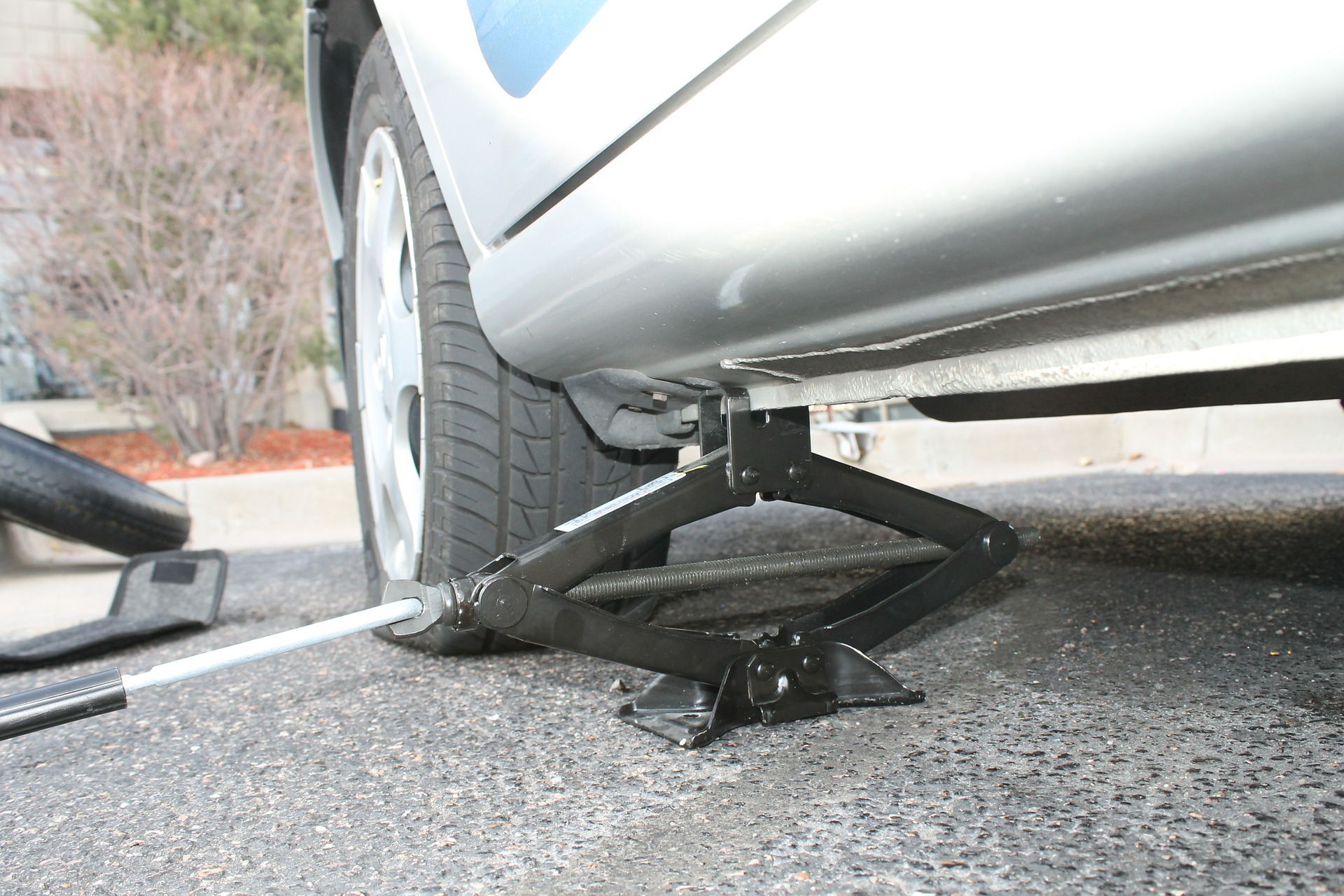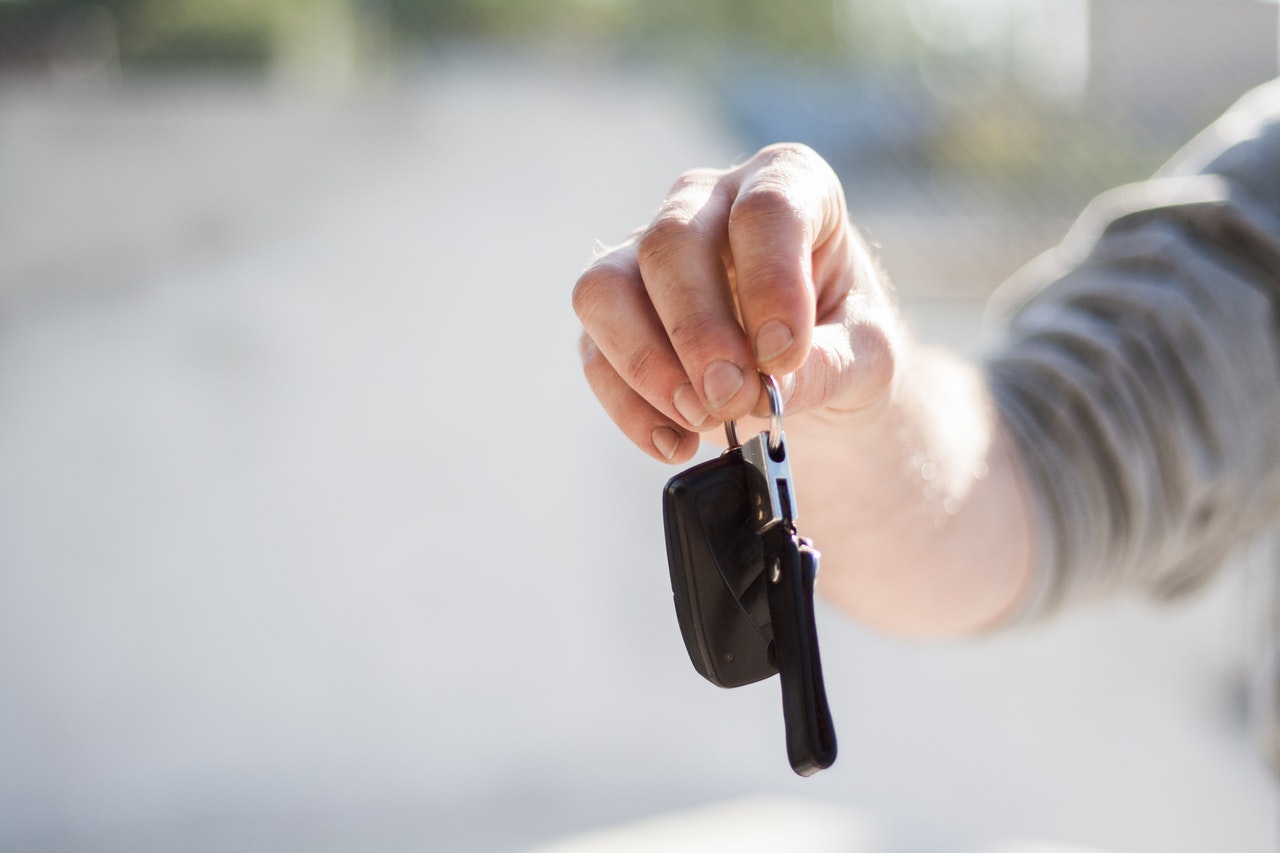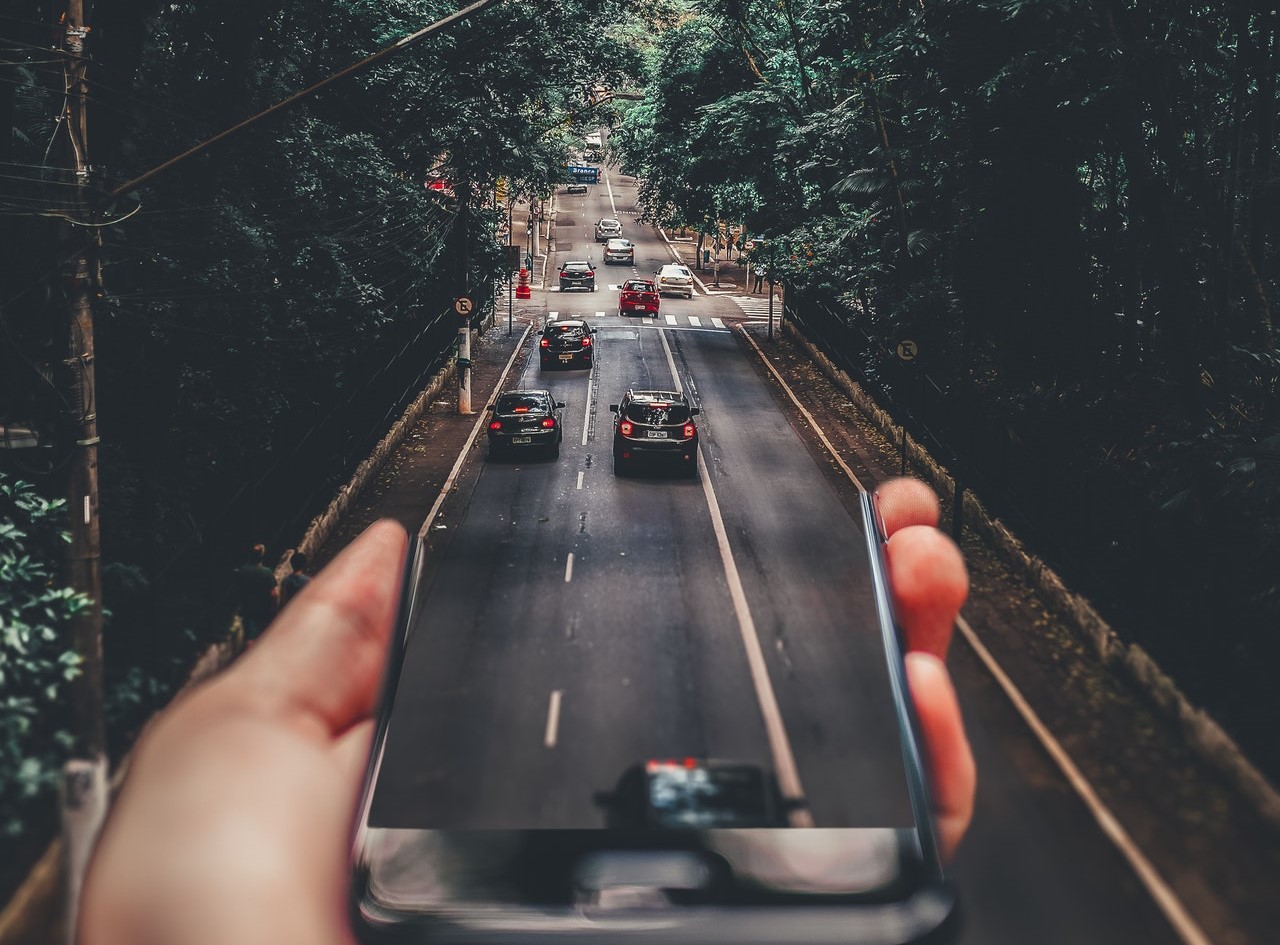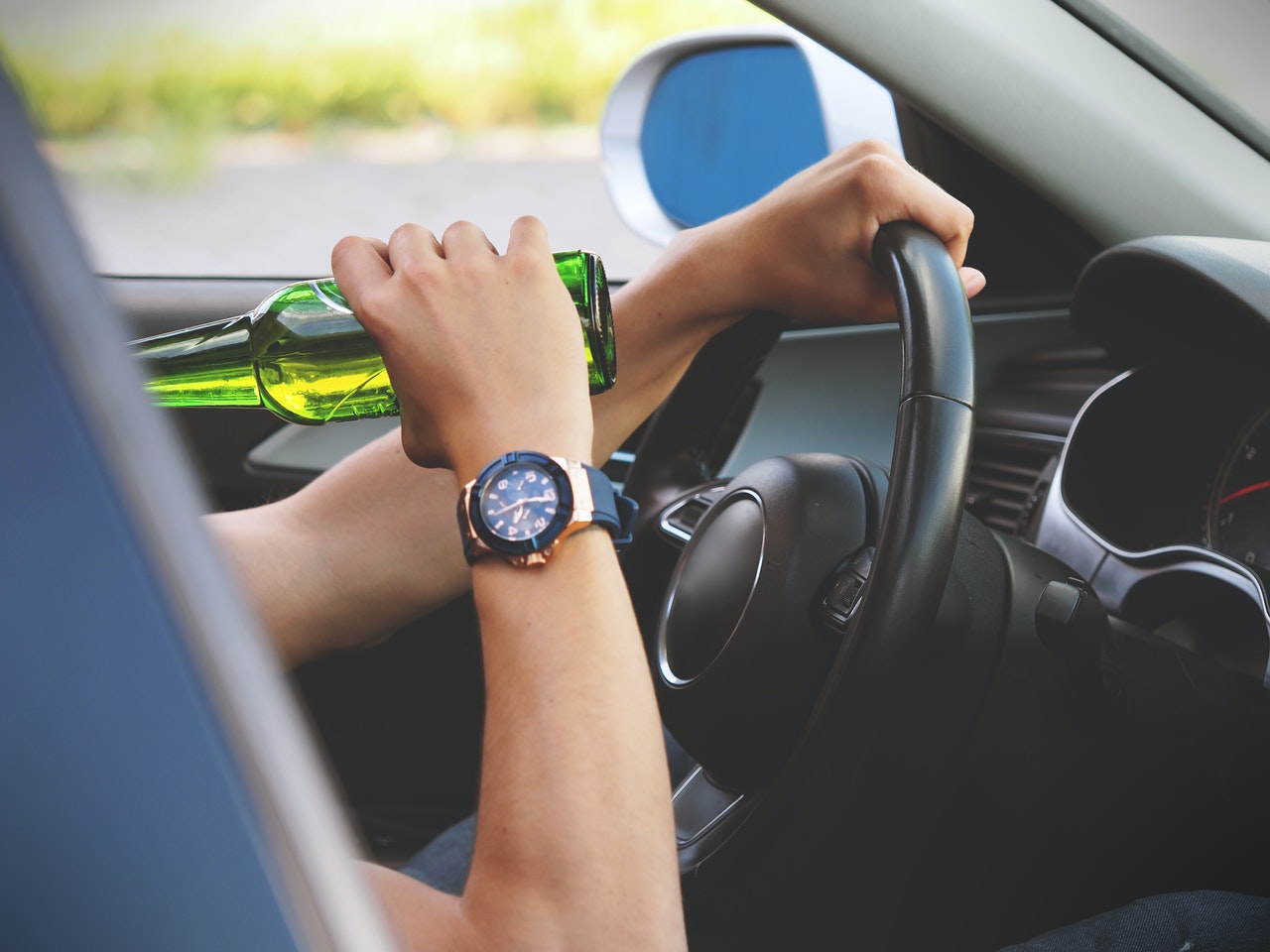This time of year brings out an adventurous spirit in Americans. Many start planning road trips to see family that will take them out of state. More than 55 Million travelers took to the roads for Thanksgiving in 2019, according to AAA – and that’s just the start of holiday road trip season.
Even if you’ve made the trek before, keep in mind before crossing state lines that the view isn’t the only thing that changes. Knowing about different laws, weather patterns, road conditions, and other variables can help you be better prepared and enjoy a safer time on the road.
Review Driving Directions Beforehand
The simplest task often gets overlooked: familiarize yourself with the route you’ll be taking. And no, having a vague plan to head north to get to Wisconsin from Illinois isn’t enough, especially if you’re going solo. Unless you enjoy pulling over at truck stops to figure out where you are, thoroughly review the driving directions in case of a signal interruption or other issue. Also, be sure your GPS is functioning before you leave.
Know the Speed Limits Where You’re Headed
Speed limits vary state to state. Urban interstates range from 55 mph in Connecticut to 75 in Kansas. Montana has different limits for day and night. Sometimes drivers must adjust their speed on different segments of the same road.
If you’ve done much road tripping, you’ve also noticed how quickly circumstances can change. One moment you’re sailing down a near-empty highway, and the next you’re braking for a rural intersection or unexpected curve in the road. Prepare to slow down at any time, particularly when exiting from the freeway onto an arterial or collector road. It’s easy to be distracted by the scenery or your kids’ heated argument in back. You’ll need to reduce your speed significantly if you find yourself on a road with stoplights or one going through town.
Note: Thanksgiving travel often causes major congestion throughout the holiday week, peaking on Wednesday, so budget your time accordingly.
Laws for Passing May be Unfamiliar and Expensive to Break
Many things can vary when venturing into unfamiliar territory, from signage to driving attitudes to state-specific “keep right” laws. These are rules regarding the proper use of the passing lane, and they can take drivers by surprise even on their home turf. Driving too slowly, even if they’re going the speed limit, can endanger drivers passing on the left.
Variations also include penalties for breaking these laws. Indiana’s “slowpoke” law could stick you with a $500 fine for such an infraction. To stay on the right side of the law, be aware of any rules requiring drivers going slower than the traffic speed to remain in the right-hand lane.
How Traffic Violations Factor into Auto Insurance
States take their traffic laws seriously, as evidenced by the many highway patrol cars positioned on the side of the road, ready to ticket law-breakers. And being ticketed can sometimes impact auto insurance rates. In addition, some drivers involved in an accident file civil suits in order to receive compensation due to the structure of their insurance.
An accident or legal infraction can have serious consequences at home. But out of state, even a minor violation could throw a wrench in your plans and use up dollars budgeted for gifts or lodging. Road trips are a great way to escape the daily grind and experience a new place with friends or loved ones. Just keep traffic laws in mind, as well.
What Else Might Be Different?
A lot, according to WalletHub. The website compared all 50 states and D.C. in categories ranging from most rush-hour traffic congestion (California) to most days with precipitation (New Hampshire). If you’re concerned about gas expenses, head to Mississippi to fill up on the cheap. Or, visit the Lone Star state, which can officially boast offering the most positive driving experience overall.
Make Sure Your Vehicle Can Handle the Trip
Perhaps most important, be sure your car is up for the task of getting you where you need to go – and returning you and your fellow travelers home safely. A good pre-travel inspection will involve having a trusted auto mechanic check your:
- Lighting
- Tires
- Brakes
- Fluid levels
- Parts
Let the mechanic know about your travel plans, and budget enough time in case you need to make recommended repairs in case something comes up during the inspection.
Longer Trips and Auto Insurance
Before longer road trips, or if you’re moving out of state for an extended period of time, contact your insurance company. There may be insurance implications requiring temporary adjustments to your plan.
The professionals at Amigo Insurance are happy to help you secure an insurance policy that will protect you and your family no matter where you go. Get a free quote here or contact us at 773-847-9000, where our agents are ready to help.










